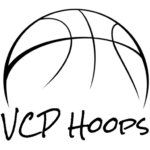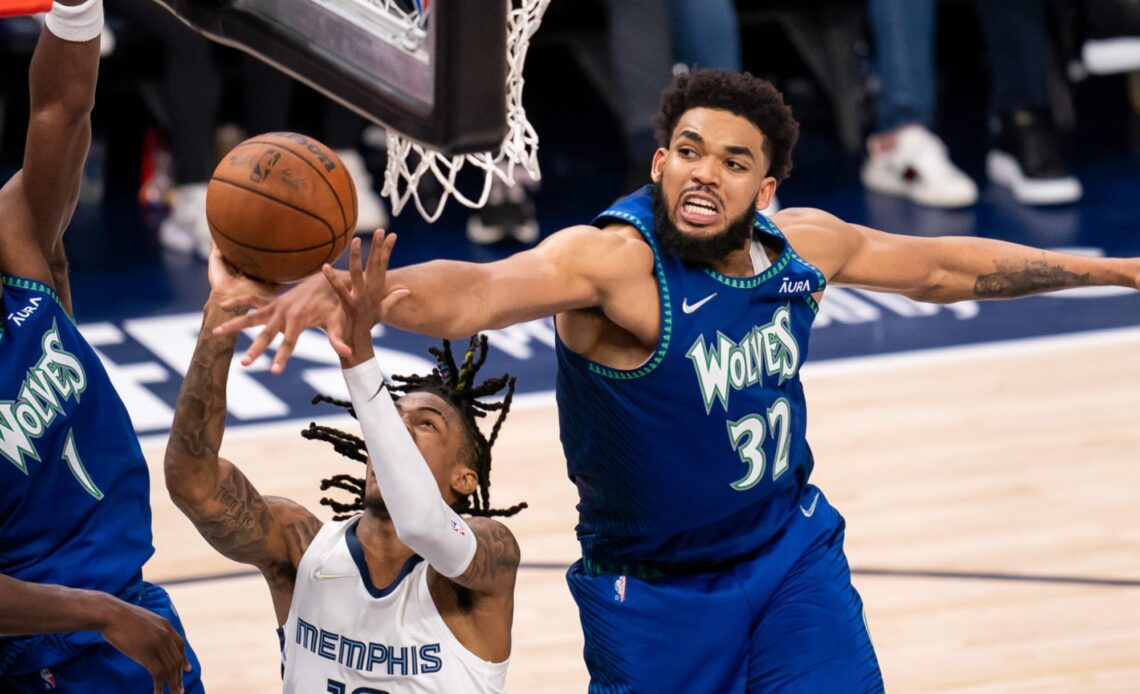When the Minnesota Timberwolves entered the 2022 off-season, the major questions included concerns over what the team would do with point guard D’Angelo Russell, how the team would address the depth at the center position that failed them in the NBA Playoffs, and who, if any, of the team’s expiring contracts would be re-signed to return for the 2022-23 NBA season.
My oh my, how things have changed.
The Minnesota Timberwolves may have caught a few people by surprise with plans to move their star NBA center, Karl-Anthony Towns, to the power forward position, but there are good reasons for that master plan. In fact, there may be $224 million reasons for doing so. That is the value of his new supermax contract extension. So let’s go over some of the reasons why the team is good with moving an NBA All-Star center to a new power-forward role.
Reason IV – Keep him out of foul trouble
For starters, the move will help him stay in the game. Karl-Anthony Towns has to hustle on the basketball court. Until now, he was driving both the offense and the defense, and getting to the basket to do his thing meant sprinting faster and farther than his teammates, or his opponents.
But that means fatigue. Fatigue quickly translates into sloppy play. Sloppy play means foul trouble.
Asked if there are things he can sacrifice to avoid foul trouble, Karl-Anthony Towns said postgame that he’s already started doing that by no longer crashing the offensive glass from the outside “just to possibly take any idea of giving me a foul out”.
— Dane Moore (@DaneMooreNBA) April 22, 2022
That tendency to get into early foul trouble in important games has been a huge challenge for the Timberwolves. Through the 2021-22 regular season, Towns averaged 3.6 personal fouls per game. In the six games of the NBA Playoffs, that number skyrocketed to 4.2 personal fouls per game. He fouled out on four separate occasions in the season and played with five personal fouls three times in six postseason games. With fouling out at six fouls, Towns clearly became far less aggressive when he hit five fouls in a game.
Moving to power forward will not suddenly give him a greater respect for the rules nor will it mean a faster rotation in and out of the game. Rather, he will not be compelled to sprint from a dunk on the offensive side of the court to set up as the primary rim-protector on the other end of the court.
Click Here to Read the Full Original Article at Dunking with Wolves…

